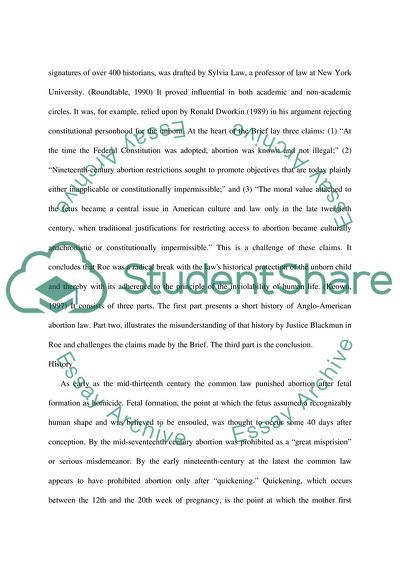Cite this document
(Abortion v. Fetal Murder Article Example | Topics and Well Written Essays - 3500 words, n.d.)
Abortion v. Fetal Murder Article Example | Topics and Well Written Essays - 3500 words. https://studentshare.org/law/1712845-abortion-v-fetal-murder
Abortion v. Fetal Murder Article Example | Topics and Well Written Essays - 3500 words. https://studentshare.org/law/1712845-abortion-v-fetal-murder
(Abortion V. Fetal Murder Article Example | Topics and Well Written Essays - 3500 Words)
Abortion V. Fetal Murder Article Example | Topics and Well Written Essays - 3500 Words. https://studentshare.org/law/1712845-abortion-v-fetal-murder.
Abortion V. Fetal Murder Article Example | Topics and Well Written Essays - 3500 Words. https://studentshare.org/law/1712845-abortion-v-fetal-murder.
“Abortion V. Fetal Murder Article Example | Topics and Well Written Essays - 3500 Words”. https://studentshare.org/law/1712845-abortion-v-fetal-murder.


